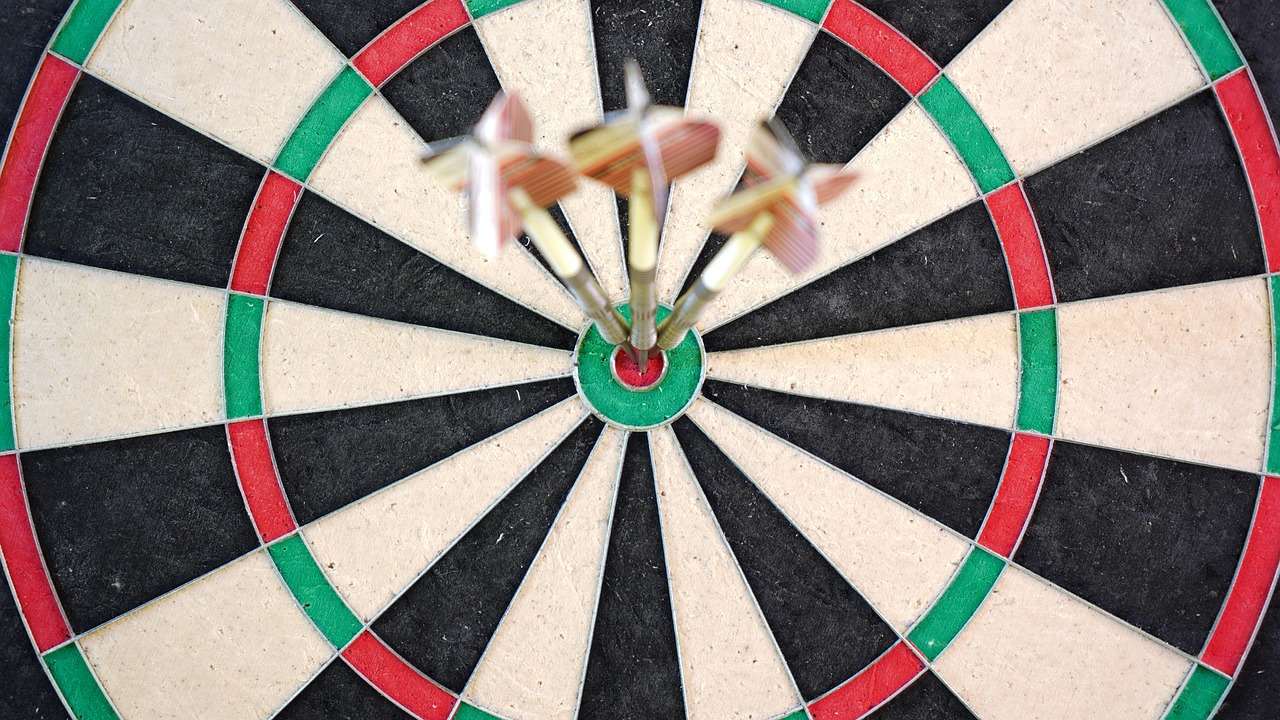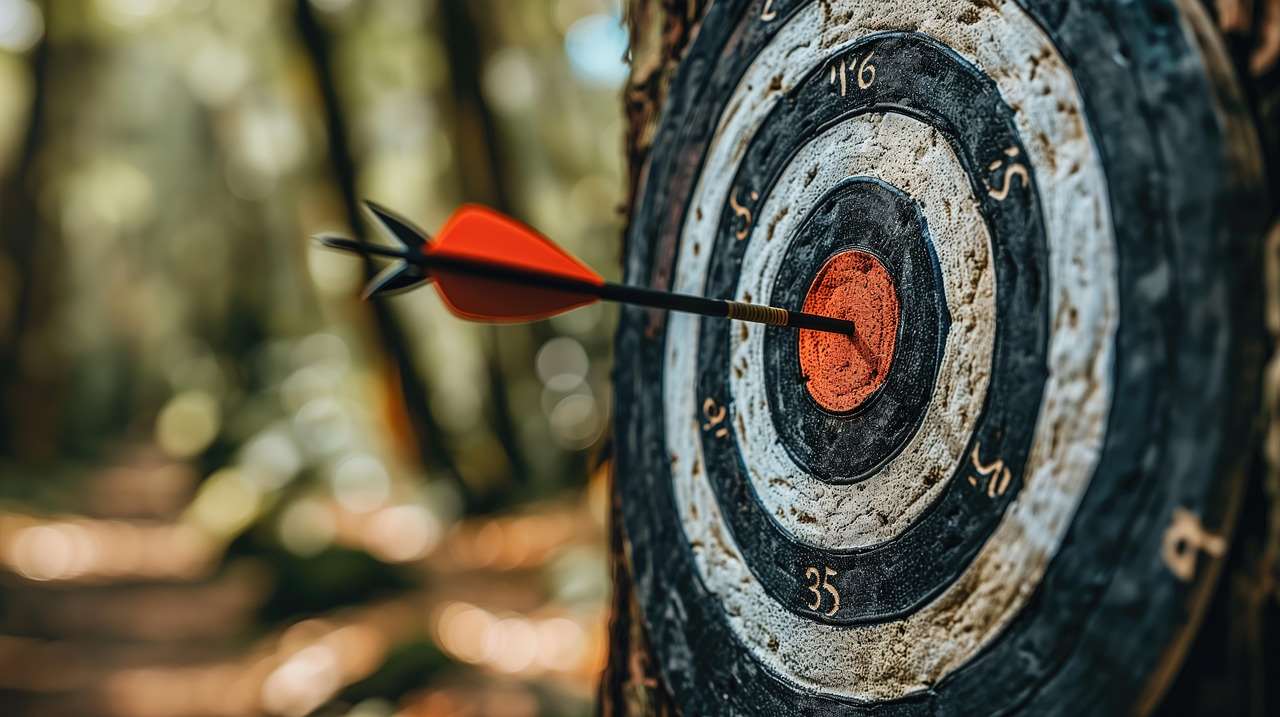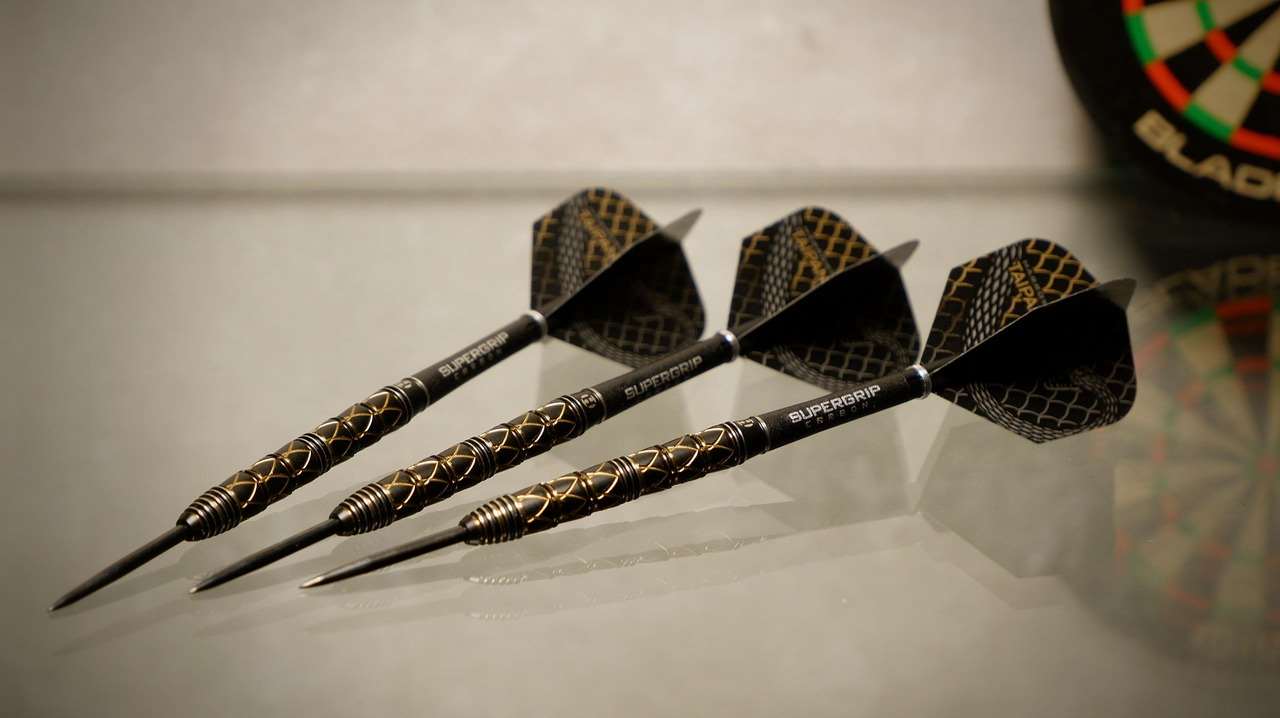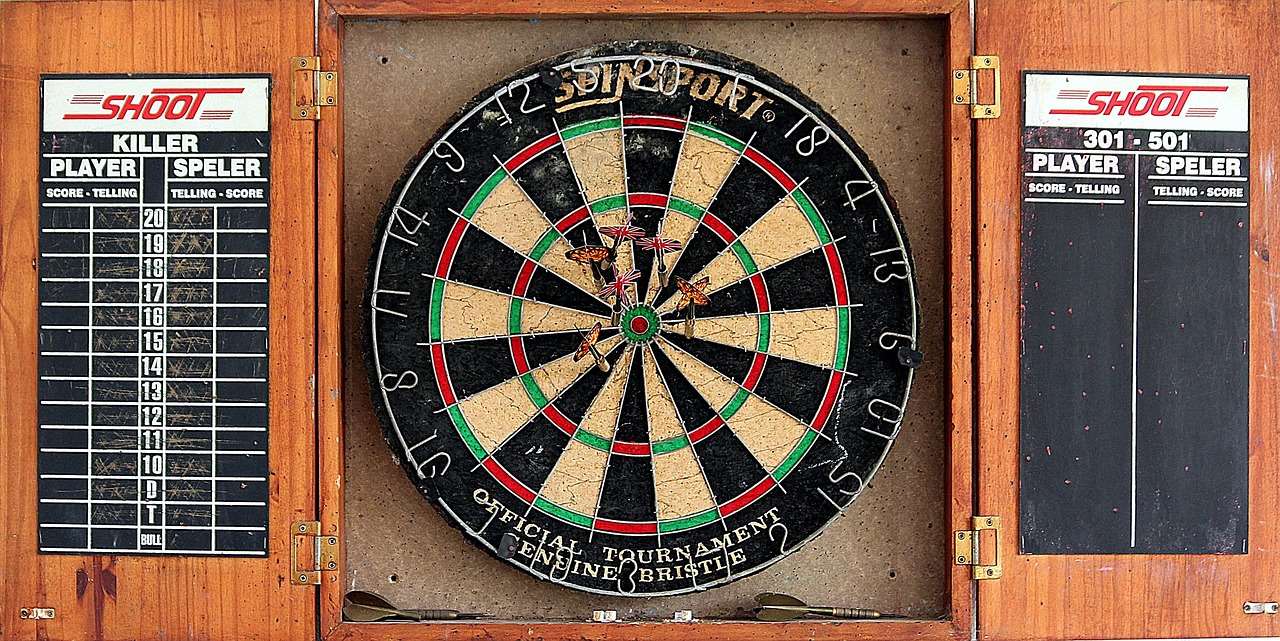Teaching Baseball darts beginners requires patience, clear instruction, and a focus on fundamental skills to ensure a fun and engaging experience. This article will guide you through the process, covering everything from basic rules and setup to essential throwing techniques and strategies that will have your new players hitting the board in no time!
⚠️ Still Using Pen & Paper (or a Chalkboard)?! ⚠️
Step into the future! The Dart Counter App handles all the scoring, suggests checkouts, and tracks your stats automatically. It's easier than you think!
Try the Smart Dart Counter App FREE!Ready for an upgrade? Click above!
Understanding Baseball Darts: A Beginner’s Guide
Baseball darts is a fantastic variation of the classic game, perfect for introducing new players to the world of darts. It’s easy to learn, fast-paced, and incorporates familiar concepts from baseball, making it a hit with beginners. Unlike traditional darts, which can seem daunting with its complex scoring system, Baseball darts focuses on simplicity and target accuracy.
The Basics of Baseball Darts
In Baseball darts, the goal is to score as many runs as possible over nine “innings,” just like a baseball game. Each inning corresponds to a specific number on the dartboard, starting with 1 and going up to 9. During an inning, players throw three darts, attempting to hit the corresponding number. Hitting a single counts as one run, a double counts as two runs, and a triple counts as three runs. Misses result in no runs scored for that dart. The player with the most runs after nine innings wins. You can learn more about different Darts Variants Fun Games.

Why Baseball Darts is Great for Beginners
- Simple Rules: Easy to understand, even for complete novices.
- Familiar Concept: The baseball theme makes it relatable.
- Quick Games: Nine innings mean games don’t drag on.
- Focus on Accuracy: Encourages players to aim precisely.
Setting Up for Success: Essential Equipment and Dartboard Setup
Before you start teaching Baseball darts beginners, you need to ensure you have the right equipment and a properly set up dartboard. This will help create a safe and enjoyable environment for learning.
Essential Equipment Checklist
- Dartboard: A standard bristle dartboard is ideal.
- Darts: Start with a set of soft-tip darts for safety.
- Oche (Throw Line): Mark a clear throw line 7 feet 9.25 inches (2.37 meters) from the dartboard for steel-tip darts, or 8 feet for soft-tip.
- Scoreboard: A whiteboard or chalkboard to track scores.
- Dartboard Surround: A surround will protect your walls from stray darts.
Proper Dartboard Placement
The bullseye of the dartboard should be exactly 5 feet 8 inches (1.73 meters) from the floor. Make sure the board is securely mounted to the wall to prevent wobbling. Adequate lighting is also crucial; ensure the board is well-lit to improve visibility and accuracy.

Teaching Baseball Darts Beginners: Fundamental Throwing Techniques
The key to teaching Baseball darts beginners is to break down the throwing technique into manageable steps. Focus on consistency and proper form, rather than immediate accuracy. Remember, practice makes perfect!
The Stance
The correct stance is the foundation of a good throw. Have the player stand with one foot forward (the throwing arm’s side). Their weight should be balanced, with the front foot pointing towards the dartboard. The body should be slightly angled towards the board, but not directly facing it. A stable stance is essential for accuracy.
The Grip
Experiment with different grips to find what feels most comfortable and natural. A common grip is to hold the dart between the thumb and forefinger, with the other fingers providing support. Avoid gripping the dart too tightly, as this can cause tension and affect the throw. The correct grip ensures a smooth release. You might also consider how to Modify dart games skill gap to ensure a smooth learning curve.
The Throw
The throwing motion should be smooth and fluid, starting from the elbow and extending towards the target. Avoid jerky movements or excessive wrist action. Keep the elbow high and the follow-through consistent. The arm should move forward in a straight line towards the target. Practice this motion repeatedly to develop muscle memory.

Practice Drills for Beginners
- Target Practice: Focus on hitting specific numbers, starting with the larger areas of the board.
- Consistency Drill: Throw multiple darts at the same target to develop consistency.
- Grouping Drill: Aim for a small area of the board and try to group the darts as closely as possible.
Strategy and Tactics for Baseball Darts
While Baseball darts is a simple game, there are some basic strategies that can help teaching Baseball darts beginners to improve their performance. Understanding these tactics can add another layer of enjoyment to the game.
Target Prioritization
In each inning, the primary goal is to hit the corresponding number. However, if a player is struggling to hit that number, they can consider aiming for the larger areas of the board or even the double/triple rings for strategic advantage in later innings. This strategic adjustment helps players adapt and improve their scores.
Defensive Play
While not as prevalent as in other dart games, defensive play can still be a factor. For example, if a player is significantly ahead, they might focus on hitting the larger areas of the board to maintain their lead, rather than risking a miss by going for a triple. It is all about Adjusting dart game rules for maximum fun!

Adapting to Pressure
Encourage beginners to remain calm and focused, even when under pressure. Taking deep breaths and maintaining a consistent routine can help players perform their best, even in competitive situations. A good way to make the games fun is to implement a Handicap system fun dart games.
Common Mistakes and How to Correct Them
When teaching Baseball darts beginners, it’s important to be aware of common mistakes and how to correct them. Addressing these issues early can prevent bad habits from forming.
Inconsistent Stance
A wobbly or unbalanced stance can significantly impact accuracy. Ensure the player has a stable and balanced stance, with their weight evenly distributed. Remind them to keep their feet planted and avoid swaying during the throw. An alternative could be using Darts for mixed ability groups so that players feel more confident.
Gripping the Dart Too Tightly
A tight grip can cause tension and affect the fluidity of the throw. Encourage the player to relax their grip and hold the dart with a light touch. A relaxed grip allows for a smoother release and improved accuracy.
Jerky Throwing Motion
A jerky or inconsistent throwing motion can lead to inaccurate throws. Emphasize a smooth and fluid throwing motion, starting from the elbow and extending towards the target. Remind the player to avoid using excessive wrist action. Experimenting with Scaling dart game difficulty might make the learning curve more gradual.

Making it Fun and Engaging
The most important aspect of teaching Baseball darts beginners is to make it fun and engaging. Keep the atmosphere light, encourage friendly competition, and celebrate small victories. Remember, the goal is to foster a love for the game and encourage continued practice. Also, consider Adapting darts games skills to improve motivation.
Game Variations and Challenges
- Team Play: Divide players into teams and have them compete against each other.
- Handicap System: Implement a handicap system to level the playing field for players of different skill levels.
- Target Challenges: Set specific target challenges to make practice more engaging.
Conclusion
Teaching Baseball darts beginners is a rewarding experience that can introduce a new hobby to friends and family. By focusing on the fundamentals, providing clear instruction, and making it fun, you can help new players develop their skills and enjoy the game. Remember to emphasize proper stance, grip, and throwing technique, and to correct common mistakes early on. So grab some darts, gather your friends, and start playing! Your journey from novice to dart-throwing enthusiast starts now. To improve your dart game, consider buying our recommended dartboard, darts, and accessories [Affiliate Link Here].
Hi, I’m Dieter, and I created Dartcounter (Dartcounterapp.com). My motivation wasn’t being a darts expert – quite the opposite! When I first started playing, I loved the game but found keeping accurate scores and tracking stats difficult and distracting.
I figured I couldn’t be the only one struggling with this. So, I decided to build a solution: an easy-to-use application that everyone, no matter their experience level, could use to manage scoring effortlessly.
My goal for Dartcounter was simple: let the app handle the numbers – the scoring, the averages, the stats, even checkout suggestions – so players could focus purely on their throw and enjoying the game. It began as a way to solve my own beginner’s problem, and I’m thrilled it has grown into a helpful tool for the wider darts community.